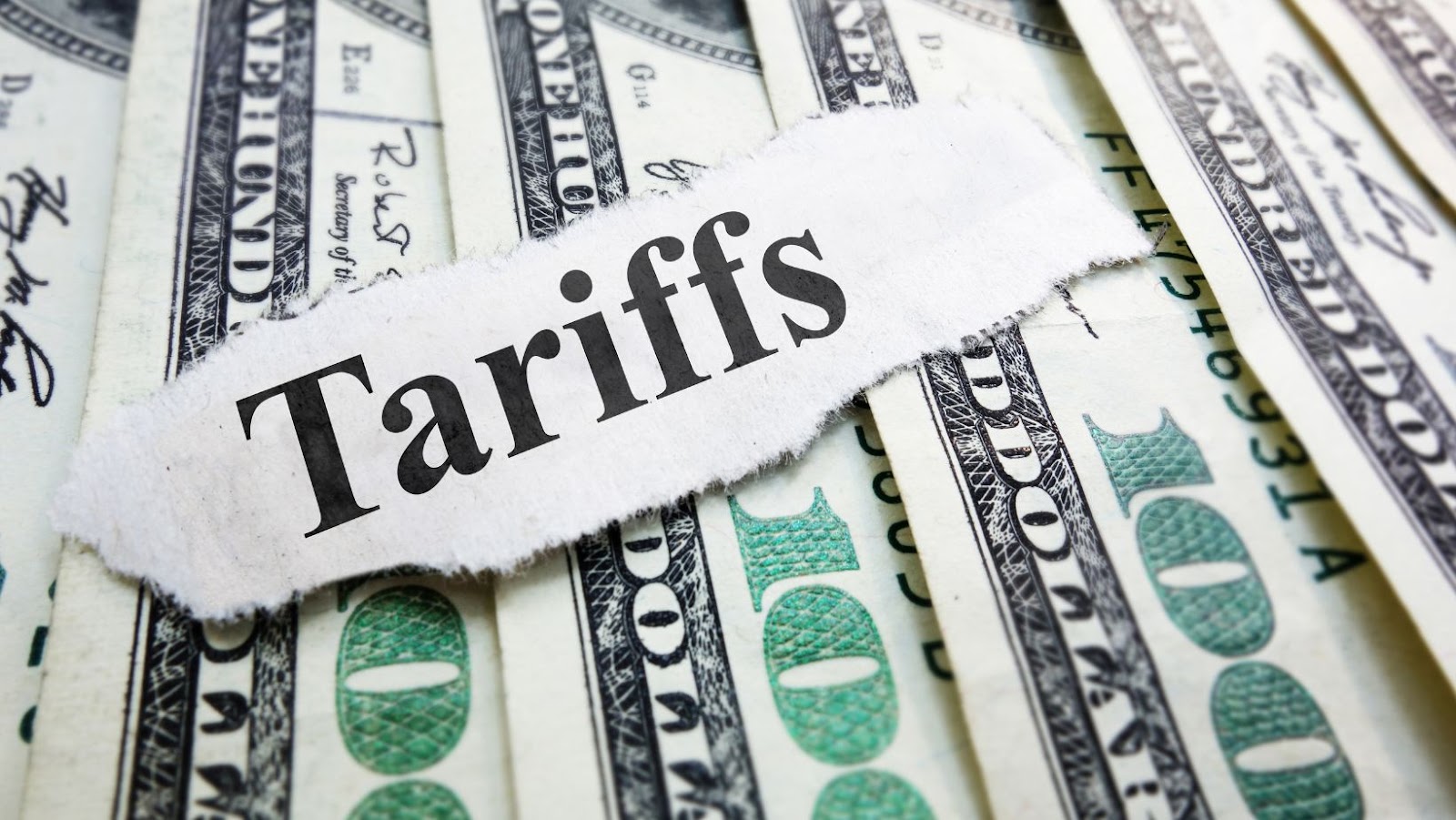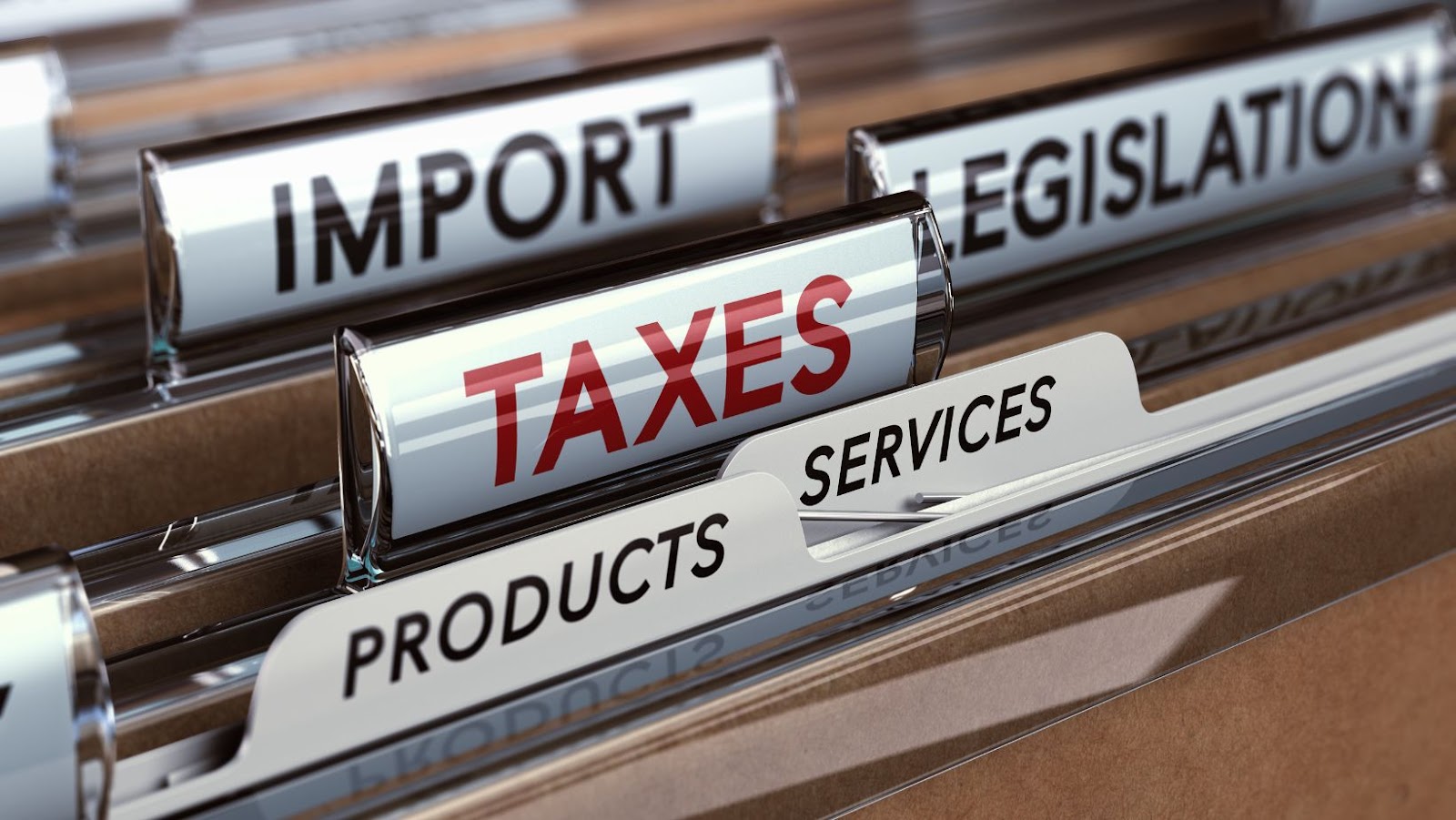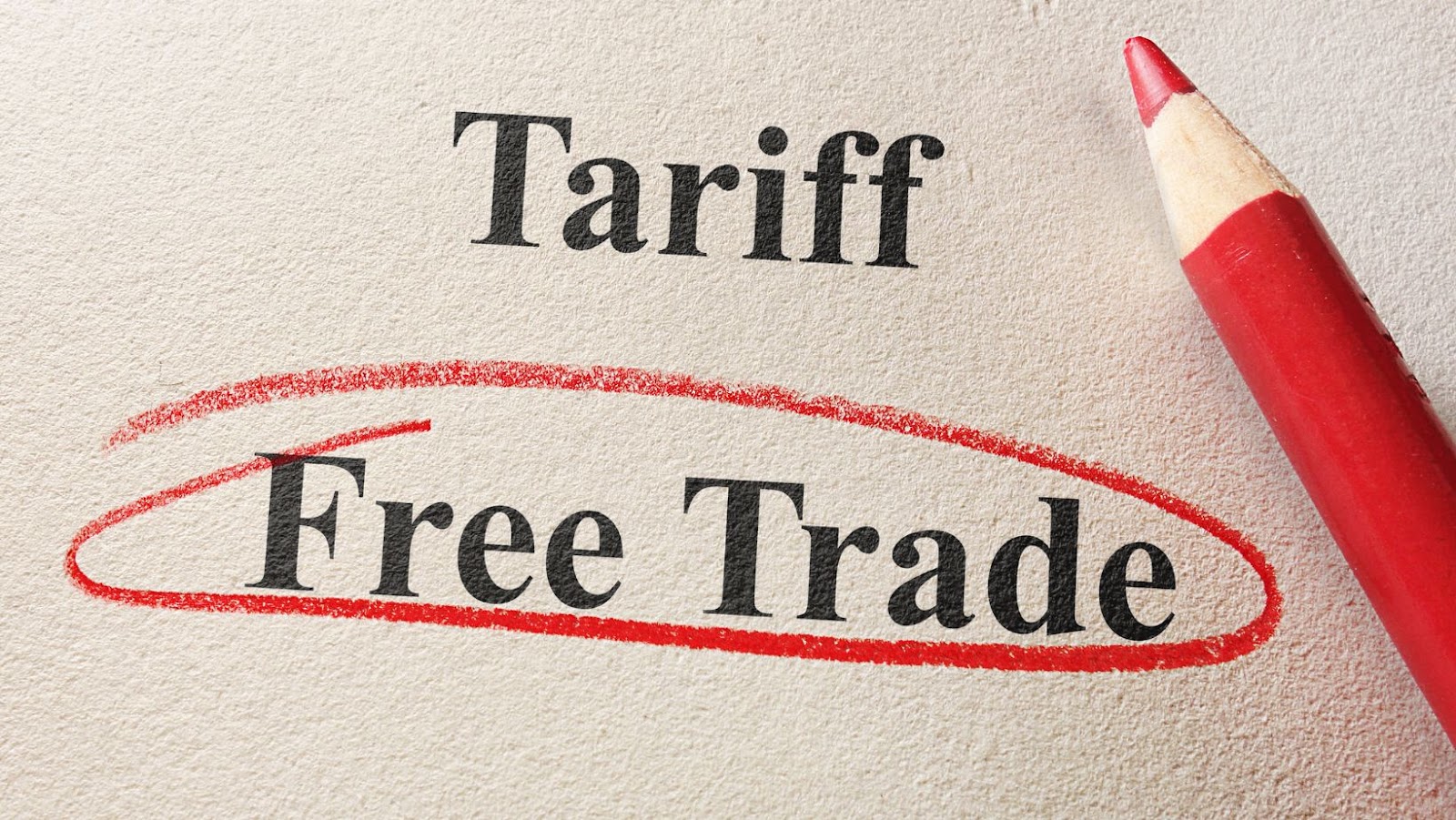When it comes to international trade, tariffs have long been used by governments to protect domestic industries. However, in recent years, we have seen a rise in the use of subsidies as a tool for achieving the same goal – protecting domestic industries from foreign competition.
At first glance, subsidies and tariffs may seem like very different things. Subsidies are essentially financial incentives given to domestic companies, allowing them to produce and sell their goods at a lower cost. Tariffs, on the other hand, are taxes imposed on imported goods, making them more expensive and less competitive compared to domestic products. However, both subsidies and tariffs have the same end goal – protecting domestic industries by making foreign competition less attractive.
But while subsidies and tariffs may be similar in their objective, they can have very different effects on international trade. Tariffs can quickly become a source of tension between trading partners, potentially leading to trade wars and retaliatory tariffs. Subsidies, on the other hand, can be more subtle – they may not be as visible to the public eye, but they can be just as damaging to foreign competitors. As such, it is important to understand the similarities and differences between subsidies and tariffs, and the potential impact they can have on international trade.
How Are Subsidies Similar to Tariffs?
Subsidies are financial aid provided by governments to particular industries or businesses. They are meant to encourage growth and prosperity in these sectors. While often viewed as a positive tool for economic development, subsidies remain highly controversial. Here are some pros and cons of subsidies:
Pros of Subsidies
- Promote Growth: Subsidies can fuel the growth of an industry or a business by making it more competitive and globally viable similar to how tariffs help protect domestic markets. This can lead to job creation and boost economic growth.
- Encourage Innovation: Government subsidies can encourage businesses to take risks and innovate in their field. This could result in the development of new technologies, products, and services, which can benefit the industry as a whole and the economy.
- Help Domestic Industries: Subsidies protect the domestic industry from foreign competition similar to how tariffs work. Governments may offer subsidies to domestic industries that have difficulty competing with foreign businesses due to high costs or lack of technology.

Cons of Subsidies
- Costly: Subsidies are usually met with high costs to both the government and taxpayers. In some cases, subsidies were poorly managed or exploited, leading to excessive spending and economic instability.
- Distortion of Market: Subsidies may distort the market by encouraging inefficiencies in an industry. This can cause a surplus of goods and services and lead to reduced competition, which may harm the economy in the long run.
- Corporate Welfare: Subsidies are often seen as a form of corporate welfare, as they provide a means for profits without having to bear all the costs. This may be harmful to small businesses or businesses without access to subsidies, leading to an uneven playing field in the industry.
In conclusion, subsidies can have both positive and negative impacts on an economy. It is important to ensure they are used effectively and efficiently in achieving their intended purposes.
How Do Subsidies Work?
Subsidies are government financial assistance programs that are designed to help businesses, industries, or individuals to achieve certain goals or objectives. Subsidies are often implemented to encourage economic growth, promote national interests, and address various societal issues. In many ways, subsidies are similar to tariffs, as both are typically employed to stimulate particular economic outcomes. However, subsidies are different from tariffs in several important ways.
Whereas tariffs are essentially taxes on imports, subsidies represent direct payments or financial incentives that are given to domestic producers. Subsidies can take a wide variety of forms, including grants, loans, tax breaks, and direct payments. Many governments also offer subsidies in the form of price supports and direct purchasing programs, which are designed to help stimulate demand for particular products or services and keep prices artificially low.
One of the main goals of subsidies is to promote local industries and encourage businesses to invest in specific sectors of the economy. By providing financial support to domestic producers, governments can help create jobs, spur innovation, and stimulate economic growth. Many countries use subsidies to support their agricultural industries, for example, by offering farmers price supports, direct payments, tax credits, and other forms of financial assistance.
Government subsidies can also be used to promote specific social or environmental objectives. For example, many governments offer subsidies to encourage renewable energy production, reduce carbon emissions, and promote public health by supporting initiatives such as the installation of solar panels or the adoption of electric cars.
While subsidies can be an effective way of promoting economic growth and achieving various societal goals, they can also have negative consequences. Some critics argue that subsidies can lead to market distortions, reduce competition, and create inefficiencies by allowing inefficient producers to stay in business. Additionally, some subsidies may be perceived as unfair by other producers or trading partners, potentially resulting in trade disputes and other economic conflicts.
Subsidies and tariffs are both forms of government intervention in the economy. While they may seem similar in some ways, they are fundamentally different in their goals and methods.

Tariffs are taxes on imported goods, designed to protect domestic industries from foreign competition. They increase the price of imported goods, making them less attractive to consumers, and can provide a competitive advantage to local producers. Tariffs generate revenue for the government and can be used to influence trade negotiations and diplomacy.
Subsidies, on the other hand, are payments made by the government to businesses or industries, intended to promote their growth and competitiveness. They can be used to fund research and development, reduce production costs, or incentivize investment. Subsidies can be targeted to specific industries or regions, and can be conditional on certain outcomes or behaviors.
So, while tariffs and subsidies can both have an impact on international trade, they have different goals and effects. Tariffs are often seen as protectionist measures, while subsidies are viewed as supportive measures.
To further illustrate the differences between tariffs and subsidies, let’s take a look at a few key areas:
Revenue: Tariffs generate revenue for the government, while subsidies require government spending.
Impact on consumers: Tariffs increase the cost of imported goods, making them more expensive for consumers. Subsidies can lower the cost of goods or services for consumers, making them more affordable.
Impact on domestic industries: Tariffs can provide a temporary boost to domestic industries by reducing foreign competition. Subsidies can provide ongoing support to domestic industries, allowing them to remain competitive and innovative.



